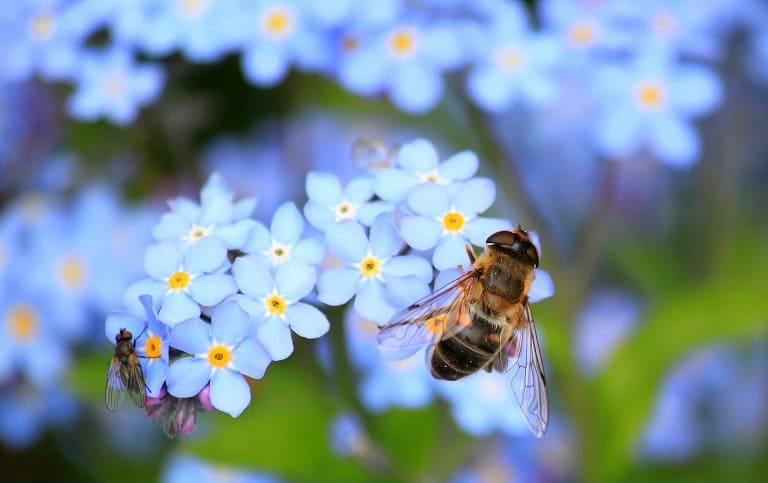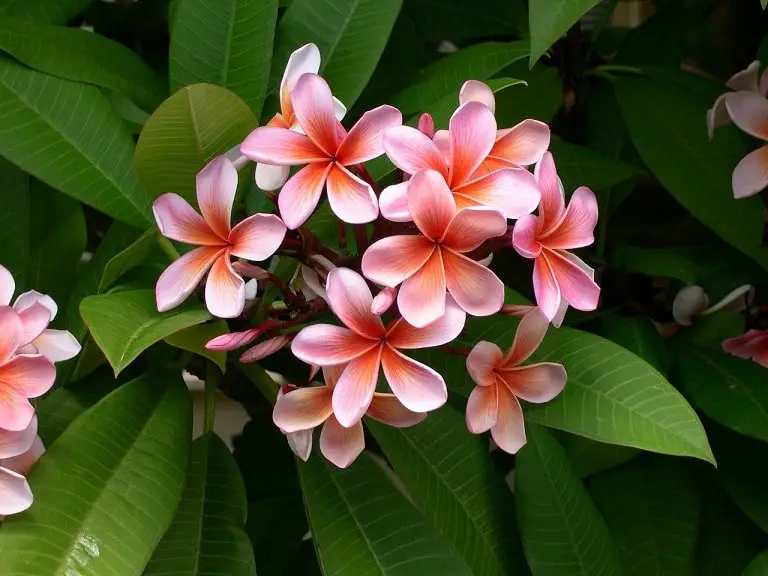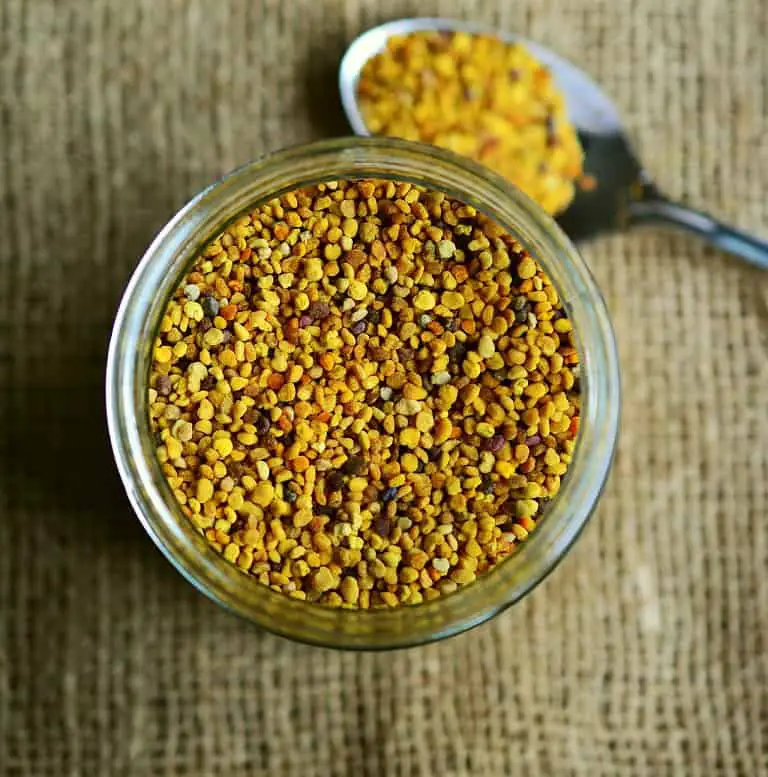
When it comes to homebrewing its common to feel that your mead is somehow better. Fresh, Organic, maybe even healthier than mass produced mead.
Organic mead is essentially a myth with some exceptions, guaranteeing the flower a bee lands on is impossible. The exception being honey sourced from remote rain forest regions. Ensuring honey used in mead is grade A raw honey, from local distributors, is a great way to homebrew quality mead.
There are a lot of claims in the grocery store saying that the honey is grade A organic honey, but the organic label cannot truly be trusted.
While you may not be able to guarantee that your mead is 100% percent organic you can get pretty darn close. So what ingredients do we need to make a high quality organic mead?
How Can I Ensure My Mead Is High Quality
It’s best to find local honey artisans that produce quality honey to get the absolute best mead that you can. These honey producers and distributors do a great job at creating grade A quality honey that has little chance of pesticide exposure.
While they do get close to having no pesticide they cannot guarantee it. Since bees need to get nectar from millions of flowers there may be a few trace chemicals on some flowers that they end up pollinating.
How Artisan Honey is Made
You may have heard of orange blossom honey or raspberry blossom honey. The way they get this honey is to put the bees in the middle of a mono-culture crop of raspberries or oranges.
Just like you can’t guarantee there are no trace chemicals in some of the flowers you can’t guarantee that they will only pollinate said flowers that the honey is meant to taste like.
But it comes pretty darn close! You can taste it!

Store Bought Organic Honey
Store bought organic honey may be organic honey sometimes but it might not always be organic. Like I said earlier bees will pollinate anything and you cannot control them.
So if it say’s its organic it could still have trace amounts of pesticide in a specific batch. But not enough to be harmful or make your mead any less delicious.
The Real Organic Honey
There are a few places on earth where you might find true organic honey every time. This honey is located in Argentina and Brazil. It can also be found in some other remote areas.
Glory Bee has a few organic varieties that it sells and verifies its authenticity. Although it doesn’t give away the true source, even though its true source certified.
The reason places such as Brazil are considered organic is because the bees roam in the untouched parts of the Amazon rain forest. There undoubtedly is very little pesticides here and you will likely end up with a 100% organic honey.
You probably won’t have the same interesting honey profiles that the artisan honey does though.

Why Doesn’t the USDA Test All Honey?
The USDA seems like an expansive government entity that is protecting us all the time but its a bit far from the truth.
What the USDA does is check samples of everything that comes in the borders and when companies seek it out. It does not have the manpower or money to check everything.
So it may have been able to check some samples and found that there were no contaminates but again, bees go where they wan’t and the honey will undoubtedly be different every time, at no fault to the beekeepers or honey manufacturers.
Honey Isn’t the Only Ingredient What About Yeast?
So we have done the best we can as far as honey. Even buying organic labeled honey so we can feel good that it at least says its organic. But there are other ingredients that we need to make sure our mead finishes properly.
Yeast is the other important ingredient when it comes to making a mead. Yeast is technically living, its a microbe, so the way to classify it as organic would be to make sure what its being fed is also organic.
Unfortunately, the big yeast manufacturers don’t really notate that their yeast is organic, probably because the USDA does not really care to even attempt to classify it as such.
But it is likely that they are in fact organic, they just need to make sure what nutrients they are being fed are classified as organic as well.
However, since they can’t be definitely defined as organic there are a few ways we may get our own organic yeast.
- Cultivate your own yeast from existing yeast, the manufacturers sell.
- Catch wild yeast to cultivate.
- Feed both yeast with organic food.
Feeding Your Yeast
So if you are looking to create your own yeast colony and make sure its organic you will need to feed it with organic food. Yeast is mainly cultivated by using a slurry, typically beer wort or water and yeast nutrient.
When making a beer wort slurry make sure that the grains and or hops that you have used to create the wort slurry are organically sourced.
Also any nutrients that you decide to add to the yeast need to be organic as well. For example:
- Organic raisins
- Bee Pollen
- Organic yeast nutrient blend.
Organic Yeast Nutrient
When making mead it is very important to use yeast nutrient in order to make it much easier for the yeast to do its job. There are not as many nutrients in a honey and water solution as there are in beer wort, so we need to add something extra.
We could just add some lab manufactured stuff, but a better idea would be to add bee pollen.

Bee pollen is the more organic and natural answer when attempting to make an organic mead. The chemical composition of bee pollen makes it an incredible choice. It may actually make the mead somewhat healthier than just using typical yeast nutrient.
There are many accounts of bee pollen working just as well as normal yeast nutrient and may have actually been the way nutrient was added in ancient times.
Of course they couldn’t collect the pollen but they rather destroyed entire hives containing pollen.
Mixing it All With Water
In case you didn’t know you don’t have to worry about obtaining organic water, because it is inorganic and cannot be certified organic.
So with that sigh of relief out of the way all you need to do to make real organic honey is to take your ingredients and mix them all together.
- Add honey to water and stir until honey is dissolved. Make sure the water is free from bacteria. You should heat up water that is not from a sealed container like a water bottle to 180 for 15 minutes and then let cool. For example I would heat tap water since it may have touched bacteria ridden pipes or faucets.
- Pitch the yeast when the water and honey is around 70-80 Fahrenheit.
- Follow the yeast with the bee pollen to add nutrient to the mixture.
- Shake it up a bit to push oxygen into the mixture.
- Wait for fermentation to begin.
Fermentation should take a month or so and then you should rack the mead into another container and bulk age it for as long as you want. Once you like the flavor bottle and enjoy. Cheers!
